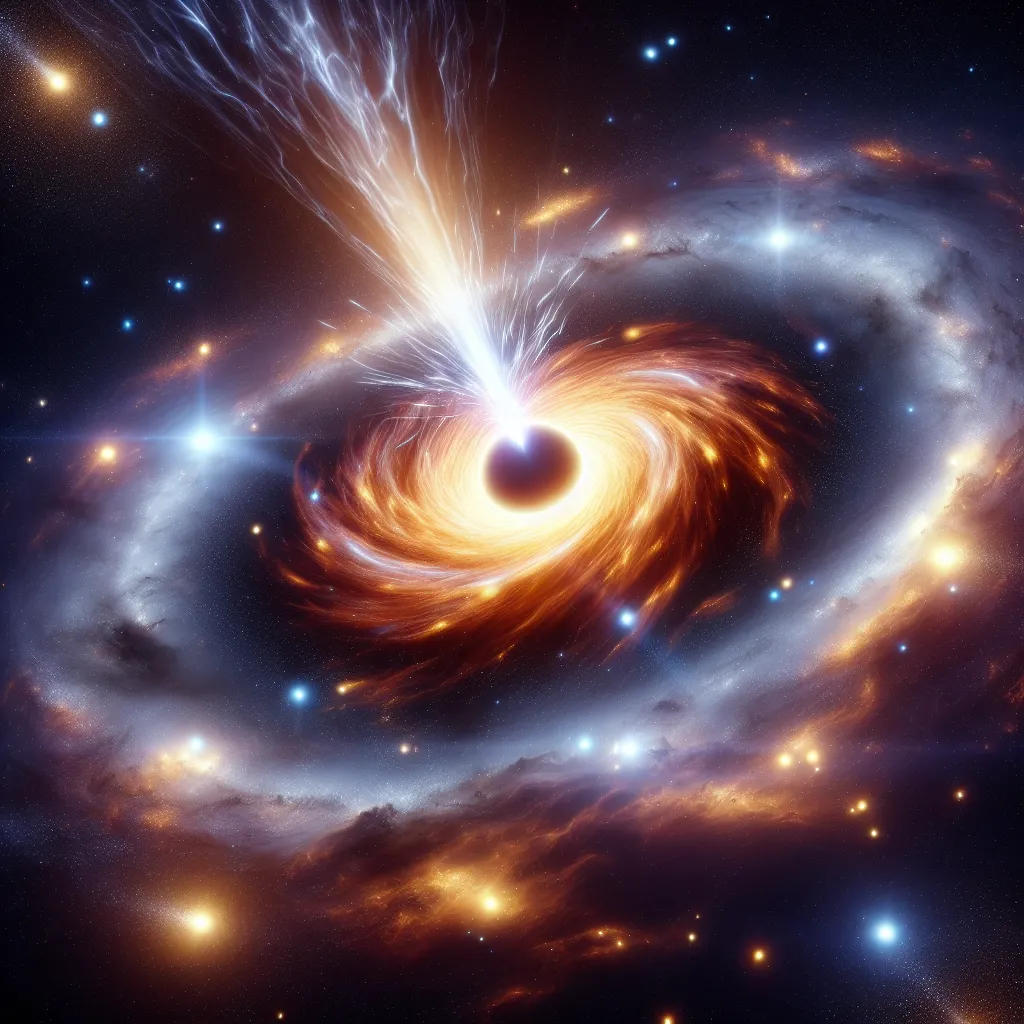Hey there, I’m Nigel, and welcome to “Nigel Goes to Space.” Today, we’re diving into the fascinating world of quasars. Ever wondered what a quasar is? In short, quasars are the most brilliant, bright, and powerful objects in our universe. Thankfully, they’re billions of light-years away—if one were close by, it would fry us to a crisp!
Quasars were first discovered in the 1960s when scientists detected unusual radiation from the sky using radio telescopes. During my research at Cambridge, I delved deep into these mysterious phenomena. If you point a regular telescope at a quasar, it looks like an ordinary star. Initially called quasi-stellar objects, this lengthy name was shortened to quasar for ease.
What’s mind-blowing is these objects aren’t nearby stars; they’re at the far edges of the universe. For them to be so bright yet so distant, they must be incredibly powerful. Imagine a tiny object emitting more energy than an entire galaxy with billions of stars!
For years, even decades, we couldn’t figure out what these quasars were. However, more advanced telescopes eventually led us to one conclusion. Quasars occur in the centers of galaxies, not floating around on their own. The key to their incredible brightness is a supermassive black hole.
Think of a black hole that’s as heavy as billions of Suns. Imagine taking billions of stars like our Sun, crushing them down until their gravity becomes immensely powerful. Gas then swirls around this black hole, heating up and glowing brightly as it gets sucked in. This light is so intense that it outshines the entire galaxy surrounding it.
A quasar is so powerful it can even swallow entire stars. It rips stars like our Sun apart, sending out a burst of light visible across the universe.
Thanks for joining me on this cosmic journey. If you have burning questions about the universe—whether they’re about stars, galaxies, planetary missions, or human space travel—send them in! And don’t forget to subscribe to “Nigel Goes to Space.”






